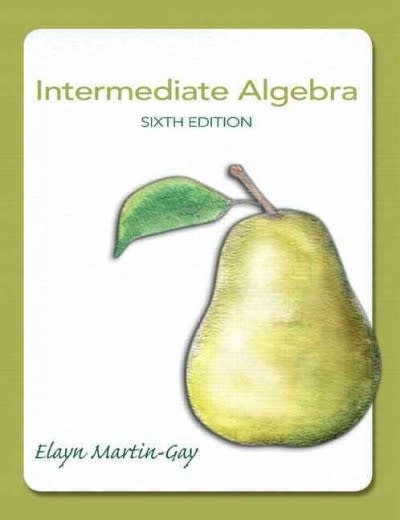Answered step by step
Verified Expert Solution
Question
1 Approved Answer
Provide just answers. No need to show work. Thanks The Economic Order Quantity {EOQJ model is a classical model used for controlling inventory and satisfying
Provide just answers. No need to show work.
Thanks


Step by Step Solution
There are 3 Steps involved in it
Step: 1

Get Instant Access to Expert-Tailored Solutions
See step-by-step solutions with expert insights and AI powered tools for academic success
Step: 2

Step: 3

Ace Your Homework with AI
Get the answers you need in no time with our AI-driven, step-by-step assistance
Get Started


